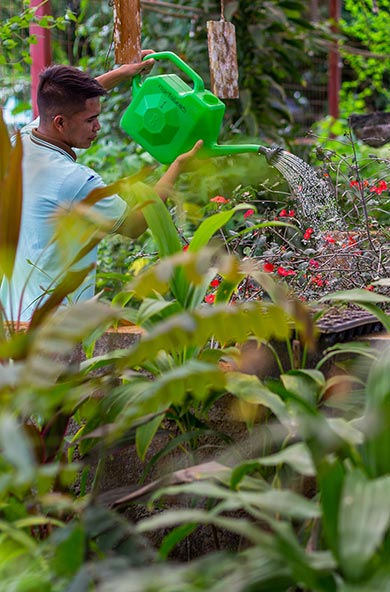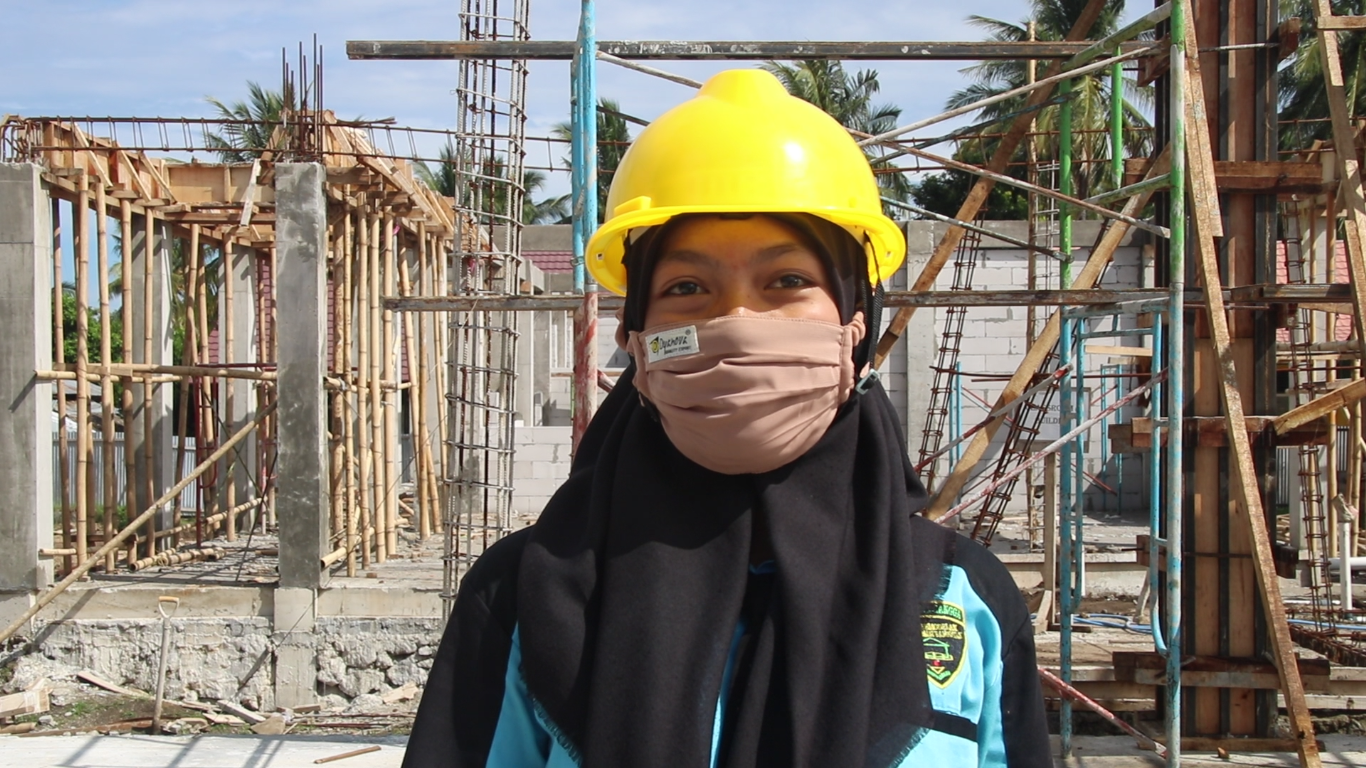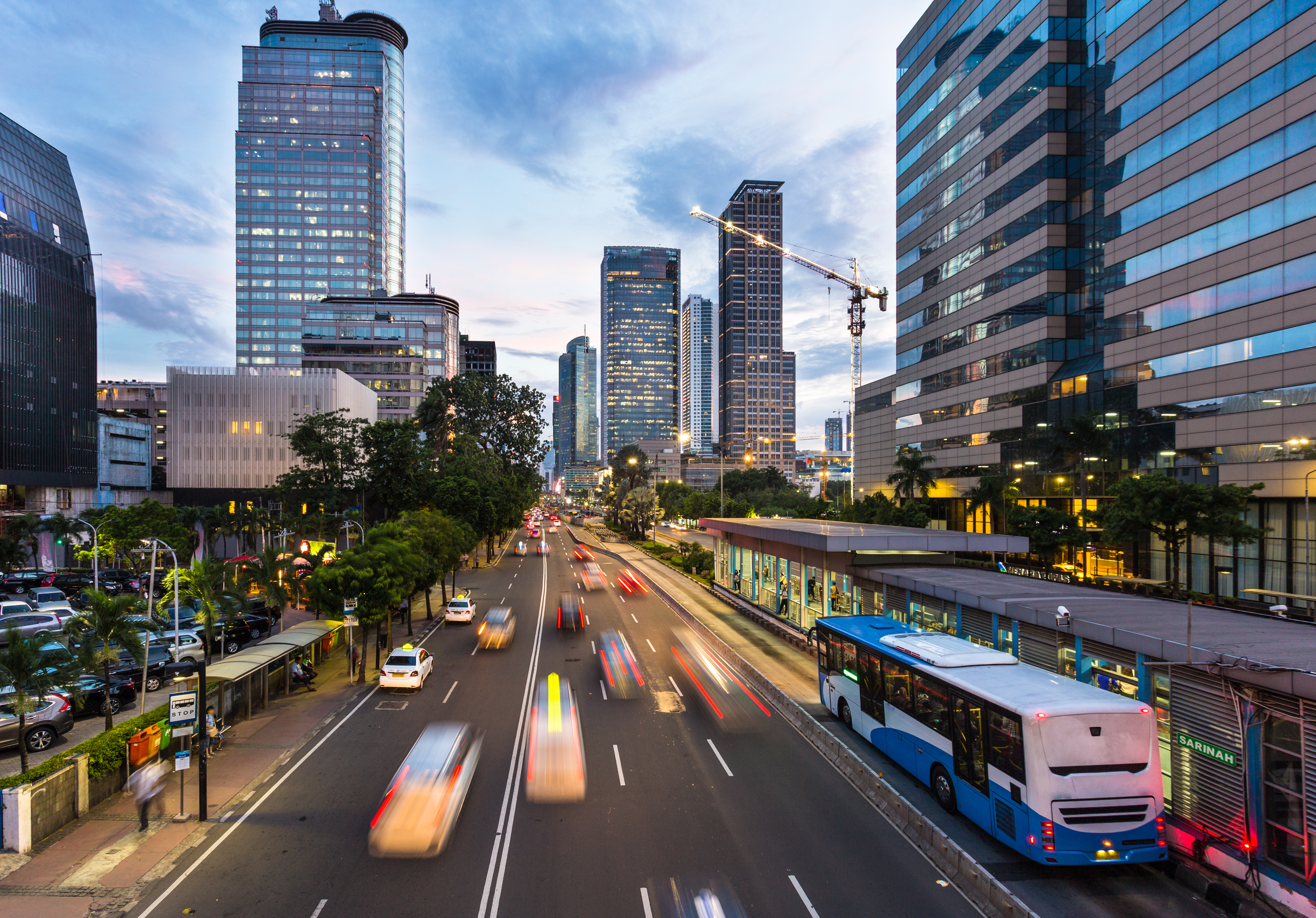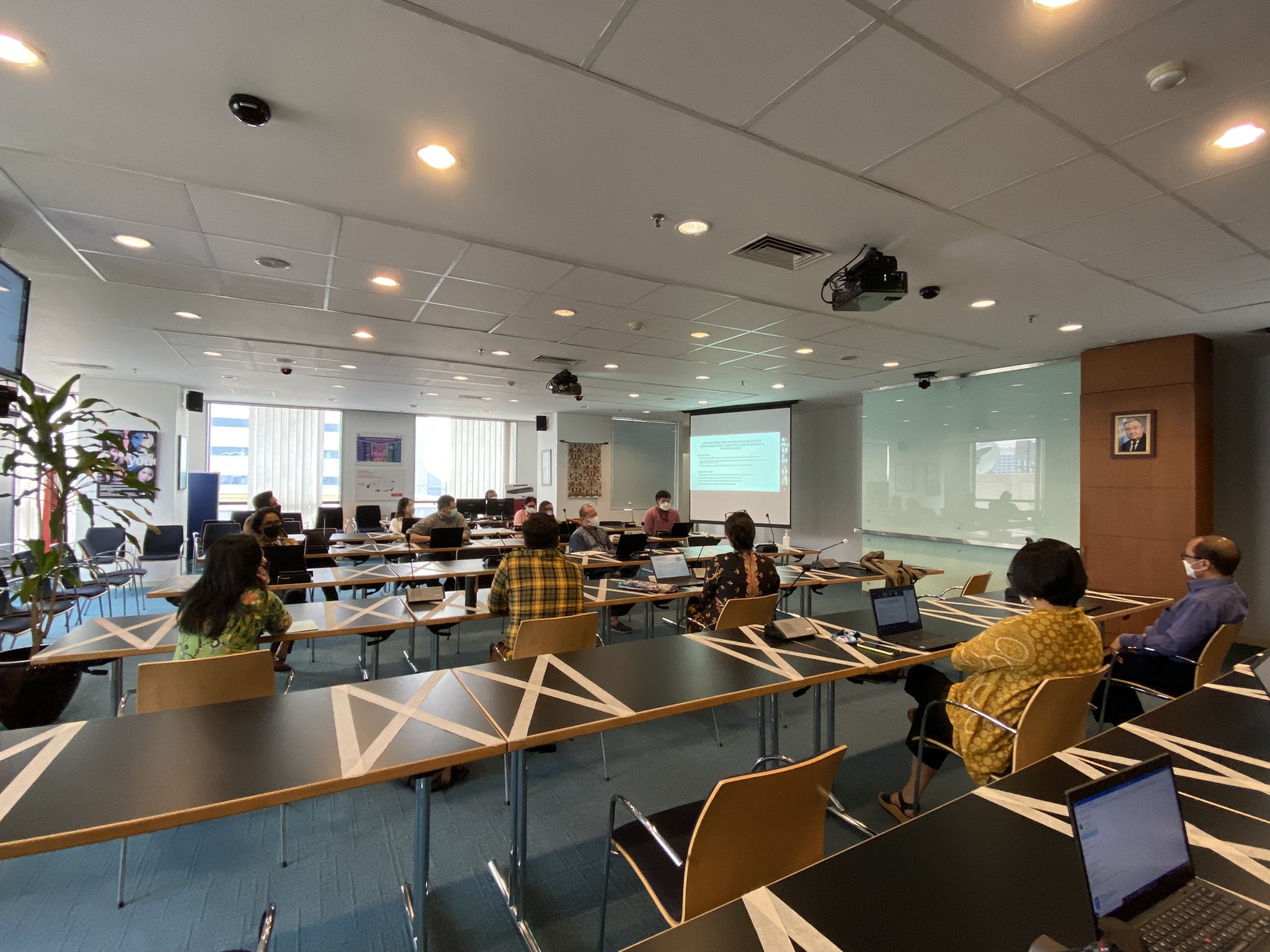Hydrofluorocarbons Phase Out Management Plan (HPMP)
In the 1970s, scientists discovered certain man-made compounds contributed to the depletion of the Ozone Layer. These are the Ozone Depleting Substances (ODS) that have both Ozone Depletion Potential (ODP) and Global Warming Potential (GWP). The compounds can be found in such every-day household items as refrigerators, Styrofoam cups, spray deodorants and cushions. In 1984, international attention was drawn to the urgent need of appropriate measures when it was confirmed that the Ozone Layer over Antarctica was disappearing.
In 1985, the global community then adopted the Vienna Convention for the Protection of the Ozone Layer. Then, in 1987, they signed the Montreal Protocol on Substances that Deplete the Ozone Layer. To follow up on the global commitment, on 26 June 1992, Indonesia ratified the Vienna Convention, the Montreal Protocol and London Amendment, obliging it to phase out the use of ozone-depleting substances. As a result of the international agreement, the ozone hole in Antarctica is slowly recovering.
To continue the success of Country Programme in 1993-2003 and National Phase-out Plan in 2004-2010, Indonesia has been implementing HPMP as of 2012. The implementation of the HPMP is supported by a grant from the Multilateral Fund to assist Indonesia to meet its obligations under the Montreal Protocol. Government of Indonesia leads the implementation of the HPMP with support from the United Nations Development Programme (UNDP), as the Lead Implementing Agency, assuming the role of oversight by placing regulations on control and provides technical support to help private companies in redesigning their production processes to move away from HCFC in their productions chains.
The Government of Indonesia also partnered with the World Bank to assist Indonesia with the implementation of the HPMP for the foam sector and UNIDO to conduct the technology transfer in selected companies, as part of the overall HPMP. HPMP Stage-I is focusing on the production line. Its objective is to reduce 80.4 ODP tonnes in the national HCFC consumption by 2018. In addition, the project will result in net CO2 equivalent direct emission reduction of about 1.5 million tonnes annually from 2015.
Meanwhile in HPMP stage-II, the project will focus on HCFC-22 phase-out in servicing sector and HCFC-123 phase-out in fire fighting applications.
Key Milestones
- As of 2008, Indonesia banned the import of Chlorofluorocarbons (CFCs) element and methyl bromide, which is usually used for soil treatment and fumigation.
- As of 2010, Indonesia complied with the Montreal Protocol control schedule for CFCs, Carbon Tetrachloride (CTC) and Halons.
- Indonesia has frozen the consumption of HCFCs as of 1 January 2013 through the issuance of relevant regulatory framework to restrict the imports of HCFCs.
- Indonesia will ban the use of HCFC in refrigeration and AC production process, blowing agent in domestic refrigeration, freezer thermo-ware, refrigerated trucks and integral skins, and imported goods that contain such substance as of 1 January 2015 through the issuance of (1) Decree of Minister of Trade Number 55/M-DAG/PER/9/2014 concerning the Terms and Conditions of Imported Cooling System-based Goods and (2) Decree of Minister of Industry Number 41/M-IND/PER/5/2014 concerning the Prohibition of HCFCs in Industrial Sector.
Contact
UNDP Indonesia Country Office
Menara Thamrin 8-9th Floor
Jl. MH Thamrin Kav. 3
Jakarta 10250
Phone: +62-21-3141308
Fax: +62-21-39838941

 Locations
Locations
















